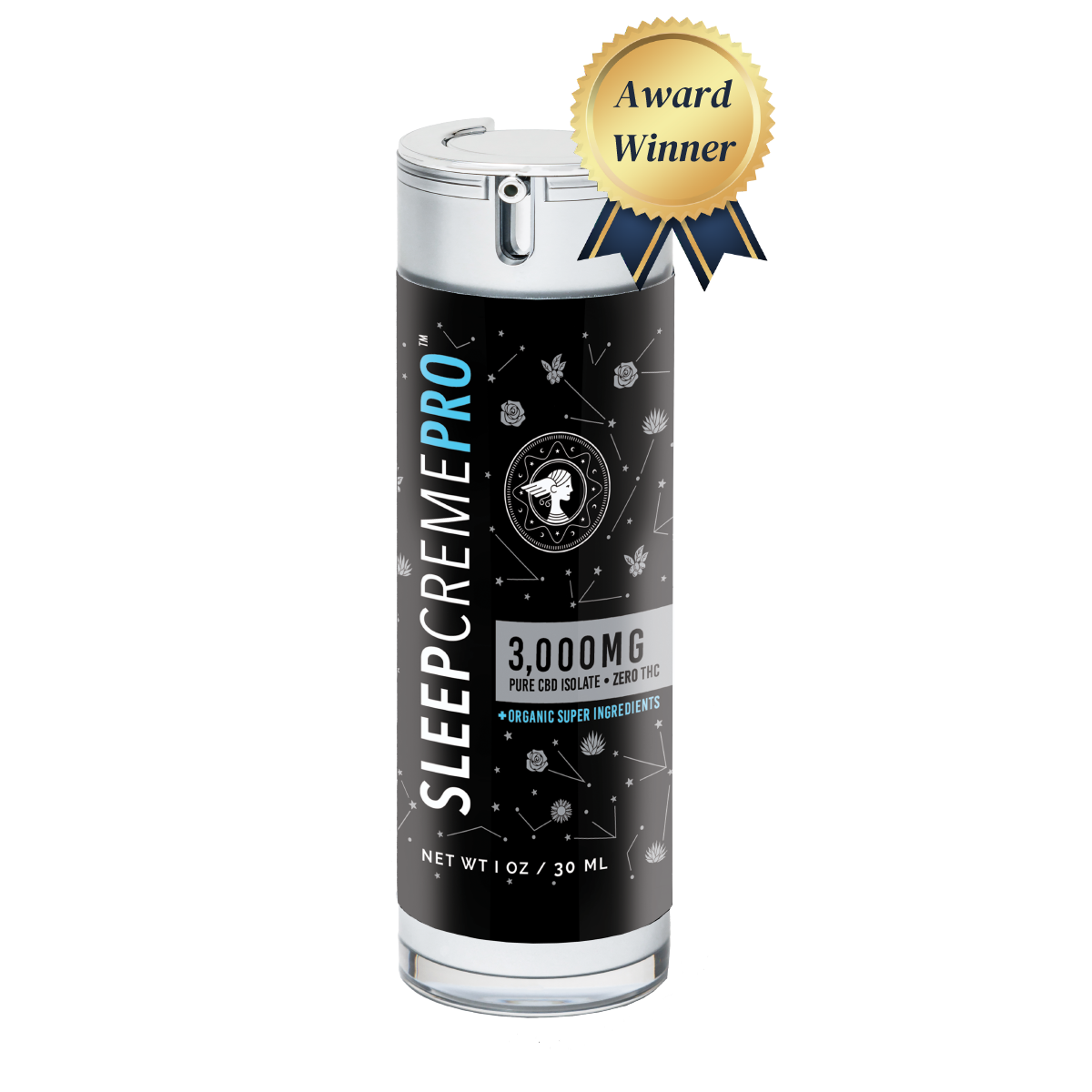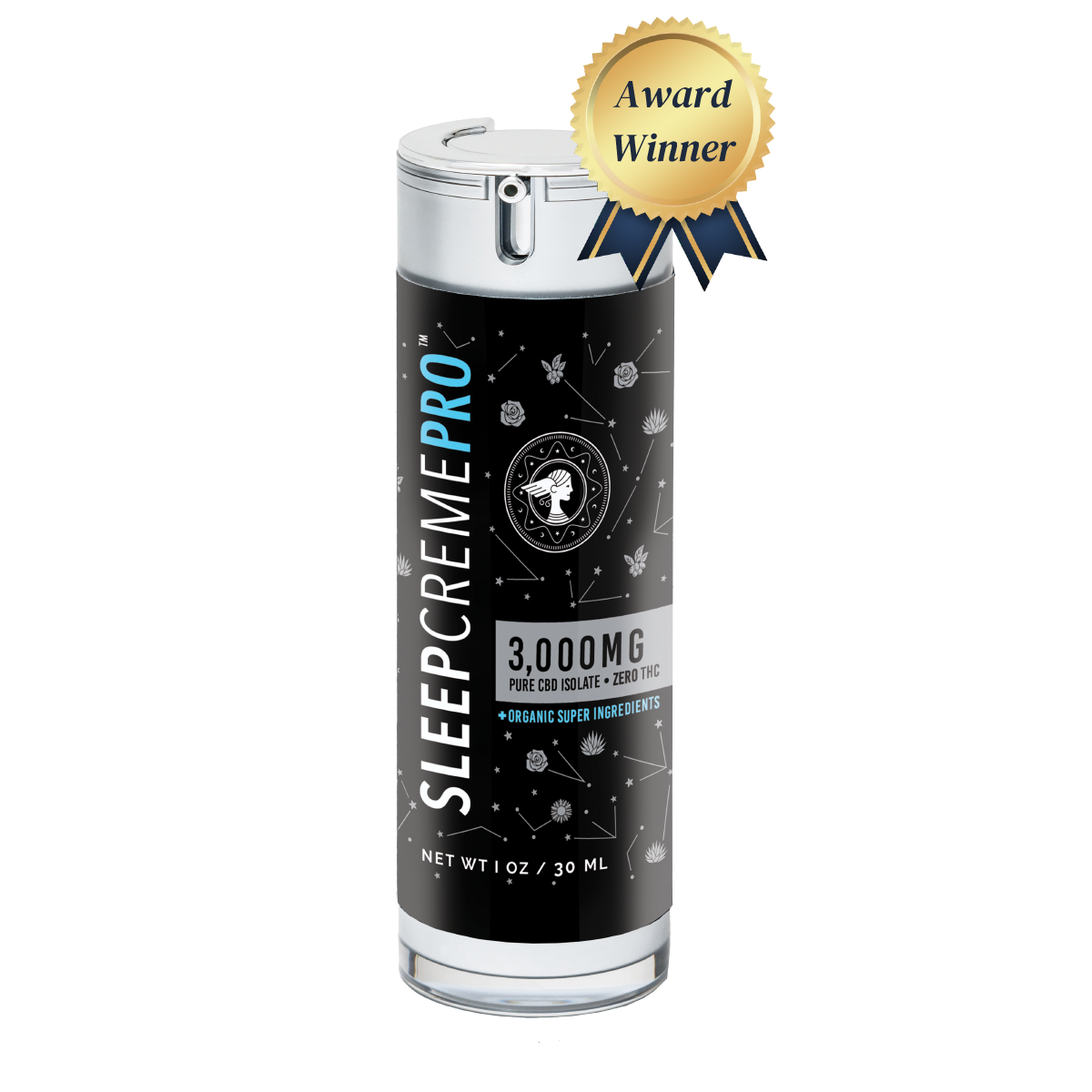Restless Legs Syndrome: Understanding the Condition and Exploring Natural Relief Options
If you’ve ever struggled with an uncontrollable urge to move your legs at night, accompanied by creeping, tingling, or aching sensations, you may have Restless Legs Syndrome (RLS)—also known as Willis-Ekbom Disease. Some people casually call it “nervous legs” or say they have “the heebie-jeebies” in their legs. Whatever the term, RLS can significantly interfere with sleep, relaxation, and overall well-being.
What Is Restless Legs Syndrome?
Restless Legs Syndrome is a neurological disorder that leads to uncomfortable leg sensations, often triggered by inactivity, especially in the evening or at night. It is associated with:
- Sleep Disruption – Difficulty falling or staying asleep due to the need to move.
- Involuntary Leg Movements – Sometimes occurring in sleep, known as periodic limb movement disorder (PLMD).
- Worsening Symptoms at Night – The discomfort intensifies when resting, lying down, or sitting for long periods.
RLS can occur at any age, but it is most common in middle-aged and older adults, with women being more frequently affected.
What Causes Restless Legs Syndrome?
While the exact cause remains uncertain, scientific research suggests potential links to:
- Dopamine Imbalance – Dopamine regulates muscle movements, and disruptions in this system may contribute to RLS.
- Iron Deficiency – Low brain iron levels are associated with increased RLS symptoms.
- Genetics – Many individuals with RLS have a family history of the condition.
- Chronic Diseases – Conditions like diabetes, kidney disease, and peripheral neuropathy have been linked to RLS.
- Pregnancy – Some women develop RLS, particularly in the third trimester, though symptoms often resolve after delivery.
- Medications – Antidepressants, antihistamines, and certain antipsychotics may exacerbate RLS symptoms.
New Treatment Recommendations for RLS
The American Academy of Sleep Medicine (AASM) has recently updated treatment guidelines, moving away from dopamine-based medications due to their long-term risks, including augmentation (worsening of symptoms over time). Instead, treatment now focuses on alternative therapies, including non-drug options and natural remedies.
Can CBD Help with Restless Legs Syndrome?
CBD (cannabidiol) is being researched for its potential muscle-relaxing and calming effects. Since RLS involves involuntary leg movements and discomfort, CBD may help by:
✔ Easing Muscle Tension – CBD interacts with receptors in the nervous system that regulate muscle contractions.
✔ Promoting Relaxation – Many people report feeling calmer after using CBD, which may help with nighttime restlessness.
✔ Improving Sleep Quality – By reducing stress and discomfort, CBD may contribute to better overall sleep.
While scientific research on CBD for RLS is still limited, early evidence suggests potential benefits for muscle relaxation and sleep support.
Why Try SleepCreme for Restless Leg Syndrome?
For those seeking natural relief, SleepCreme offers a topical CBD solution designed to help you relax and feel comfortable at bedtime. Unlike oral medications, which take time to work, a topical CBD cream targets discomfort exactly where you need it.
What Makes SleepCreme Unique?
✔ Infused with Pure CBD Isolate – No THC, just the calming benefits of CBD.
✔ Enhanced with Essential Oils – Lavender, eucalyptus, and chamomile soothe tired muscles and promote relaxation.
✔ Non-Greasy & Fast-Absorbing – No mess, just comfort.
✔ A Range of Potencies to Fit Your Needs – Choose from 1000mg, 2000mg, 3000mg, and now 5000mg of CBD to find the perfect strength for you.
SleepCreme is easy to use, just massage the luxurious cream onto your legs before bed to experience the calming effects of CBD and essential oils.
See SleepCreme.com for more details on our full range of CBD sleep solutions.
Other Natural Ways to Manage Restless Leg Syndrome
In addition to using SleepCreme, consider these evidence-based strategies to help reduce RLS symptoms:
- Stretching & Gentle Exercise – Activities like yoga or walking can relieve tension in the legs.
- Warm Baths or Heating Pads – Heat therapy may soothe muscles and improve circulation.
- Magnesium Supplements – Some studies suggest magnesium may help with muscle relaxation.
- Avoid Caffeine & Alcohol – Both can worsen RLS symptoms.
- Practice Good Sleep Hygiene – A consistent bedtime routine improves overall sleep quality.
Try SleepCreme & Save 20%!
If restless legs are keeping you up at night, it’s time to find relief. Try SleepCreme today and save 20% off your first order with code FALLASLEEP20 at checkout.
Shop Now at SleepCreme.com.
When to See a Doctor
While SleepCreme can promote relaxation and nighttime comfort, Restless Leg Syndrome is a medical condition. If your symptoms are:
- Severe or worsening over time
- Interfering with daily activities
- Not responding to lifestyle changes or natural remedies
You should consult a healthcare professional to explore additional treatment options.
Final Thoughts: Sleep Better, Feel Better
RLS doesn’t have to control your nights. With the right natural solutions, lifestyle changes, and SleepCreme, you can finally rest easy and wake up refreshed.








